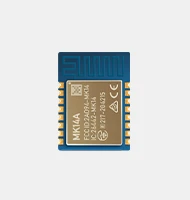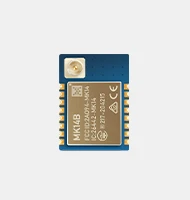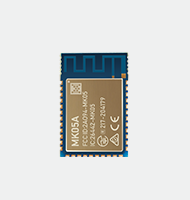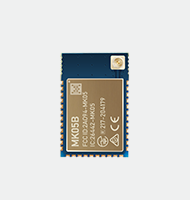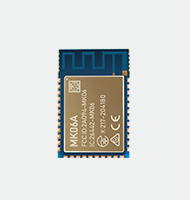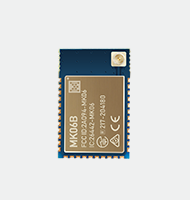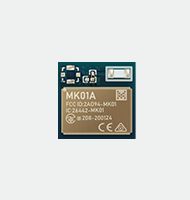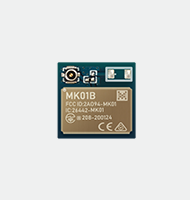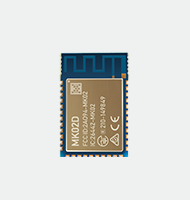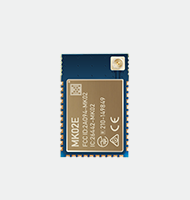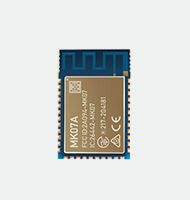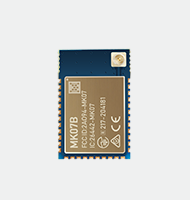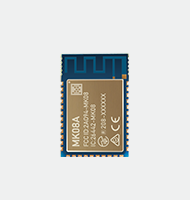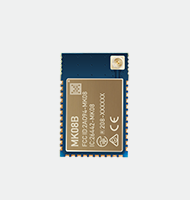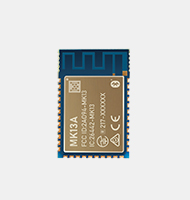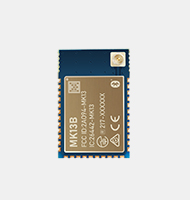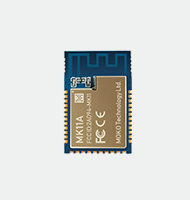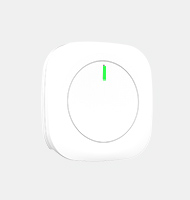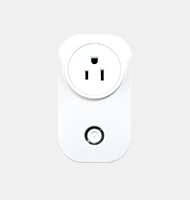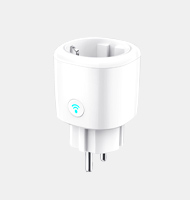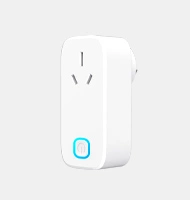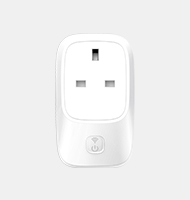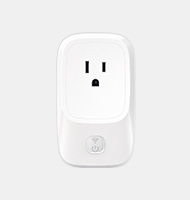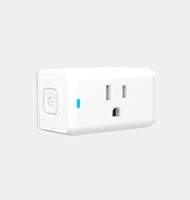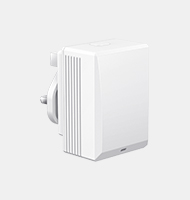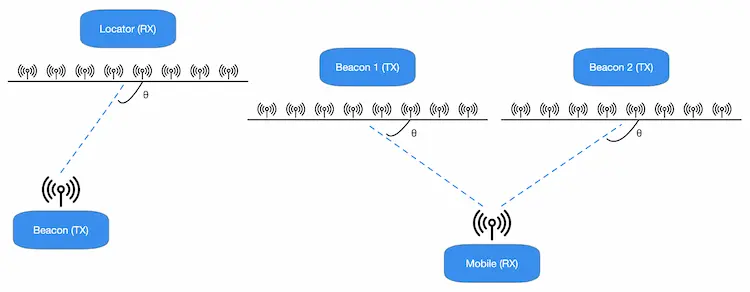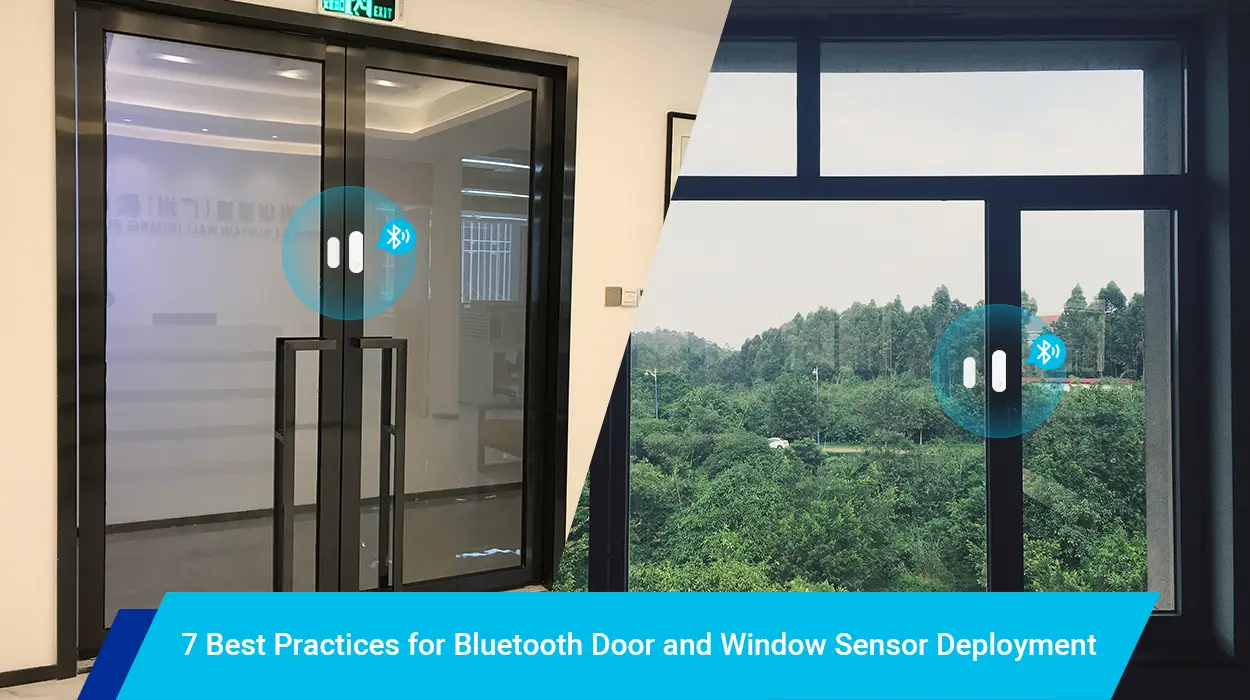RSSI Asset Tracking is the use of data obtained from integrated tracking System detectors equipped with Received Signal Strength Indicator (RSSI) calibrations to determine the position of physical assets. It operates by estimating the level of power of a radio frequency that a device receives from an entry control point or network equipment that links the local network with the web. In an industry, RSSI Asset Tracking technology can be applied in tracking goods, equipment and also employees.
What is Bluetooth RSSI?
Bluetooth RSSI is the measure of the proximity of devices through signal strength in terms of decibels (dBm). When a gadget searches for Bluetooth appliances, the Bluetooth chip within the gadget gives a valuation of the RSSI for every detected appliance. The dBm scale is usually negative. The greater the negative value the greater the proximity of the devices.
How RSSI asset tracking works
When several beacons are placed through a certain area at identified posts, portable gadgets with the use of Bluetooth Low Energy (BLE), (RSSI) measure, can identify the position of the gadget. The portable devices can read the signal intensity of several beacons to give an accurate position.
By applying a similar technique, but using permanently fixed IIoT gateways in place of portable devices to identify signal intensity, each tagged asset can be traced. Signal intensity estimates, simultaneously obtained from each IIoT gateway, are used to compute the position of the asset. Tagging beacons are employed in the tracking of the assets. Good examples of these beacons are the MokoBlue Bluetooth beacons. They come in different variations such as M2 Asset Beacon for assets, H7 Helmet Beacon for tracking employees and H5 RFID Beacon for attendance tracking & visitor analytics.
What’s Bluetooth AOA?
The Bluetooth angle of arrival is a Bluetooth 5.1 feature meant for finding the direction of a tagged object with respect to one or several given base points. It yields a more enhanced outcome in comparison to its predecessor, the Bluetooth RSSI, which only provided a rough assessment of the proximity of the tag to the base point, giving direction.
How Bluetooth AOA works
Bluetooth AOA computes the bearing upon which the radio frequency signal transferred from the tagged asset reaches the base point. This is made possible by calculating minor point variations of the inbound Bluetooth data over the base point’s multiple-aerial range.
The RF signals transferring the data are captured using an aerial panel with a BLE component and a bearing finding computer package. This aerial panel comprises antipodal aerial points that establish the beating of the inbound signal on both the vertical and horizontal axis, and also an intersection composed of LEDs to envision the approximation of the bearing in actual time.
Eventually, the aerial panel generates an information flow comprising of the approximated bearing, RSSI measurement, the identification of the tagged asset, and additional evaluations. The bearing approximations are later utilized in regulating servomotors fixed on a hinged holder, continuously targeting the tagged asset.
Bluetooth RSSI vs Bluetooth AOA Asset Tracking
1. Accuracy
The precision of RSSI asset tracking extends to around 1.5m across a shorter enclosed distance and 5m for greater ranges. AOA asset tracking on the other hand, attains sub-meter precision. The exactness relies greatly on the proximity of the tag to the locator but is as well impacted by the locator’s quality, broadcast signal interference and direction of the tag.
2. Number of beacons supported
AOA asset tracking involves high amounts of data; hence the beacons and computer programs need to process more information. The information capacity for both forms of technologies relies on the appropriate least response time which rests on the frequency of the beacon’s delivery. AOA asset tracking can sustain thousands of signals and RSSI tens of thousands.
3. Supported IoT appliances and Beacons
RSSI asset trackers can work with a wider variety of detector beacons that can sense motion, warmth, dampness, air pressure, water leak, distance, magnetic field, fall detection smoke and button press. AoA asset trackers, on the other hand, are more confined and at present work with a few IoT detectors like motion sensors and button press.
4. Cost
Pieces of equipment for AoA asset tracking are much more sophisticated, making them more expensive than those of RSSI asset tracking. Moreover, they require more equipment per a given area compared to RSSI. Due to this, installation of AOA can be up to four times more costly than that of RSSI.
5. Ease of Setup
Installation of AOA equipment requires more precision compared to RSSI. Precise measurements need to be made for AOA for it to function properly. Hence setup AoA needs proper equipment and expertise.
6. Application
Both Bluetooth RSSI and Bluetooth AOA are mostly applied similarly in the industrial Asset Tracking field. Their purposes include Indoor Positioning, employee supervision, tracking of goods and equipment, smart retail and animal management among others. The ability of AOA to sense direction supersedes RSSI in some use cases. However, the lower price and ease of induction of RSSI makes it more reliable in other cases.
7. Position identification mode
To determine the location, Bluetooth is applied in both RSSI and AoA asset tracking. However, their Position identification modes vary. AoA employs the angle of arrival. RSSI, on the other hand, operate by gauging the strength of the electromagnetic waves that are transmitted by the transceivers located on the tagged objects.
8. Localization
RSSI is among the best techniques for localization, the reason being that identifying RSSI does not involve auxiliary equipment. It is also compatible with any type of gadget applying different forms of remote communication. AoA on the contrary demands advanced auxiliary equipment and has to be calibrated for more precise tracking.
Advantages of Bluetooth Asset Tracking
RSSI and AoA Bluetooth technologies are both key players in Asset tracking. Some benefits of employing Bluetooth asset tracking are:
1. The capability to employ mutual transfer of information. This quality enables multiple gadgets to find each other simultaneously. For instance, if a company installs a grid of trackers for multiple resources, they can locate every element separately. This substantially distinguishes it from other types of systems, like GPS.
2. Compatibility with smart gadgets such as PCs tablets, smartphones and smartwatches. This operates by automatically transferring information physical sensors to the servers for processing and later to apps and software, where it can be accessed by users.
3. Bluetooth asset tracking makes it possible to have precision and efficient actual time position identification, with a substantially lower cost than other actual-time tracing technics such as GPS and RFID. Effective current time location identification is feasible when the programs receive information from Bluetooth beacons and tagged assets.
4. Finally, Bluetooth asset tracking ensures the security of companies’ property. When an asset goes out of range, Bluetooth detectors can notice, and they immediately send a signal to notify managers. This permits for timely action to be taken before an asset gets lost.
